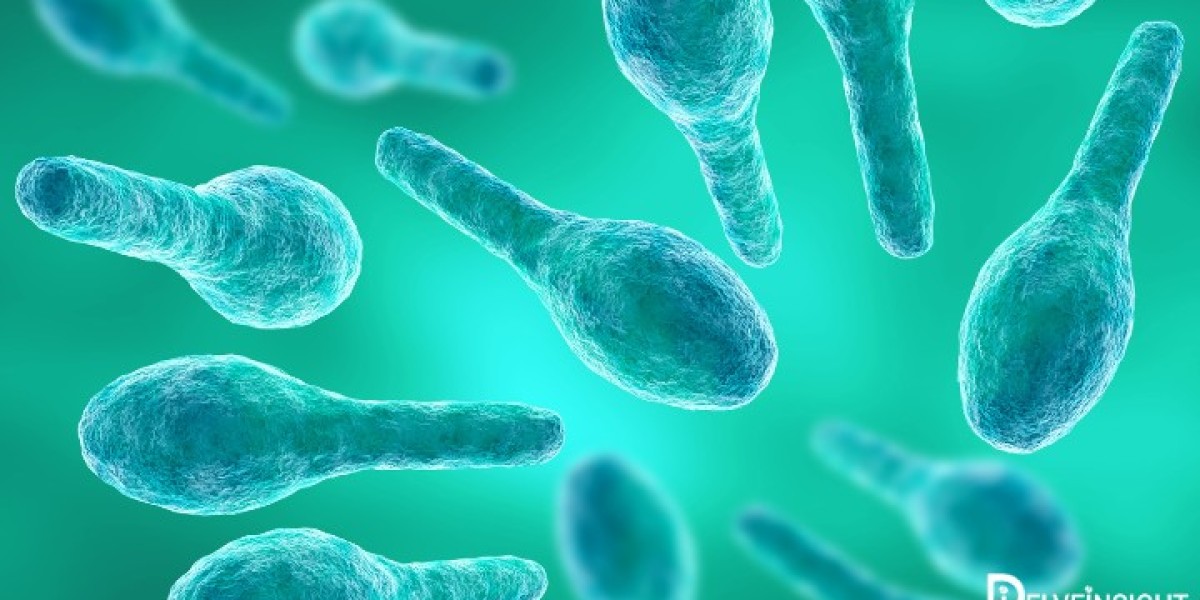Understanding NASH: The Challenge Ahead
NASH is often asymptomatic in its early stages, which makes it difficult to diagnose. Many NASH patients are unaware of their condition until it has progressed to more severe liver damage. The increasing prevalence of NASH underscores the urgent need for effective therapies and interventions. Current treatment strategies primarily focus on lifestyle modifications, including weight loss, dietary changes, and increased physical activity. However, these approaches are not sufficient for all patients, leading to a growing interest in emerging therapies.
The Landscape of Emerging Therapies
Recent advancements in medical research have led to the development of several promising therapies for NASH patients. These emerging therapies aim to address the underlying mechanisms of the disease and provide more targeted treatment options. Some key areas of focus include:
Pharmacological Treatments:
Several pharmaceutical companies are actively researching and developing medications specifically designed to treat NASH. These include:Glucose-lowering Agents: Medications that improve insulin sensitivity may help reduce liver fat and inflammation in NASH patients.
Lipid Modulators: Drugs targeting lipid metabolism are being explored to address the lipid imbalances associated with NASH.
Anti-inflammatory Agents: These therapies aim to reduce liver inflammation and fibrosis, potentially halting disease progression.
Combination Therapies:
Given the complex nature of NASH, researchers are increasingly exploring the potential of combination therapies. This approach involves using multiple drugs that target different pathways of the disease simultaneously. By addressing various aspects of NASH, combination therapies may offer more effective treatment options for NASH patients.Novel Mechanisms of Action:
Innovative therapies focusing on novel mechanisms of action are under investigation. These include:Farnesoid X Receptor (FXR) Agonists: FXR agonists are designed to regulate bile acid homeostasis and reduce liver inflammation and fibrosis.
Thiazolidinediones (TZDs): These insulin-sensitizing agents have shown promise in reducing liver fat and improving liver function in some NASH patients.
SGLT2 Inhibitors: Initially developed for diabetes management, SGLT2 inhibitors have demonstrated potential in reducing liver fat and improving metabolic parameters in NASH patients.
Clinical Trials and Research Initiatives:
Ongoing clinical trials are essential to evaluate the safety and efficacy of emerging therapies for NASH patients. Numerous studies are investigating new pharmacological agents, lifestyle interventions, and combination therapies. Participation in clinical trials provides NASH patients with access to cutting-edge treatments and contributes to the broader understanding of the disease.
The Importance of Early Diagnosis and Intervention
For NASH patients, early diagnosis and intervention are critical for improving outcomes. As research continues to advance, healthcare providers must remain vigilant in identifying individuals at risk for NASH and promoting regular screening for those with risk factors, such as obesity and metabolic syndrome. By increasing awareness of NASH and its potential complications, healthcare systems can facilitate timely access to emerging therapies and support patients in their journey toward better liver health.
Conclusion
The path forward for NASH patients is marked by hope and innovation. With ongoing research and the development of emerging therapies, there is potential for more effective treatment options to emerge. By targeting the underlying mechanisms of the disease, these therapies aim to improve the lives of NASH patients and reduce the burden of this silent epidemic. As we move toward a future with more targeted therapies, the importance of early diagnosis, lifestyle modifications, and patient education will remain paramount in managing NASH effectively.







